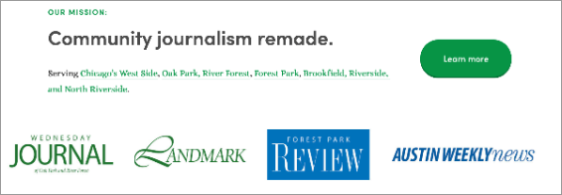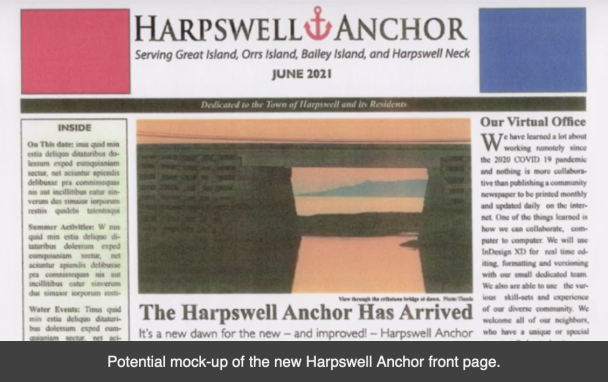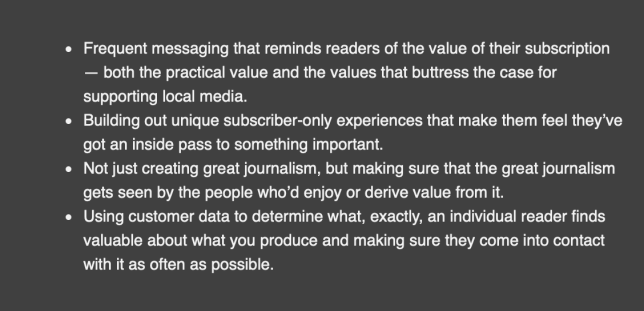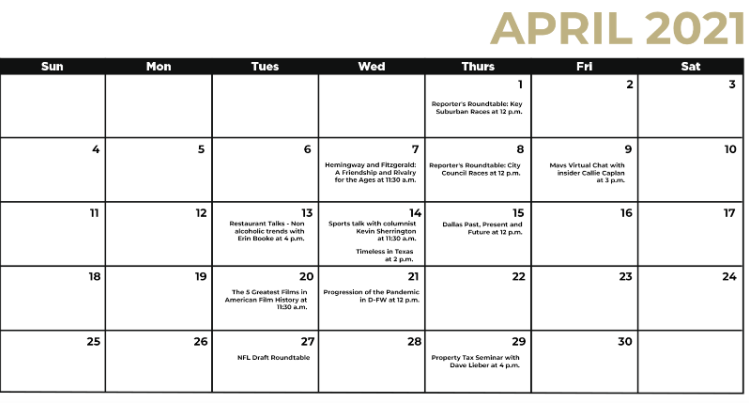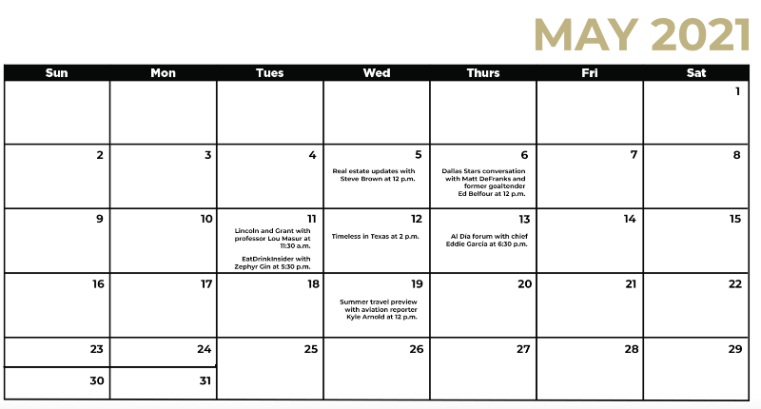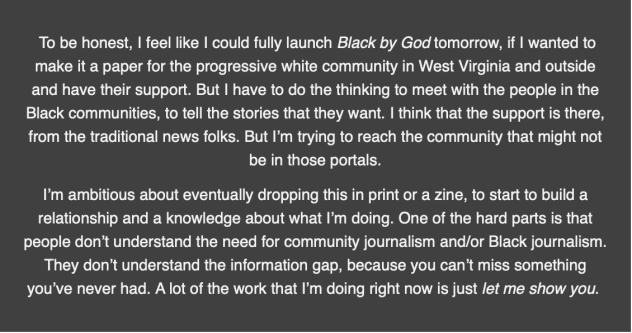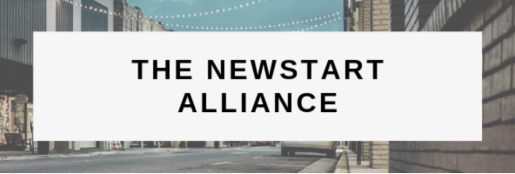
Taking My Talents to NewStart…
May 27, 2021
This week I’d like to introduce you to another member of our second cohort of fellows. You’ve already met Maggie and Larry. Today you’re going to hear from Alicia Ramirez, who is a web producer at CBS Los Angeles.
Alicia is a graduate of Loyola University Chicago with degrees in journalism and political science. Before joining CBS Los Angeles she was a designer and editor at the Chicago Tribune. She got her start at a small weekly publication in Texas. And as you’ll hear from Alicia, the time spent working in Castroville left a lasting impression.
Alicia, take it away…
Why am I joining NewStart?
The simple answer is that I believe there’s a better way to do local news that treats journalists and communities with the respect and dignity they deserve while still being financially viable.
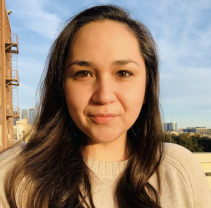
The more convoluted answer starts with a woman named Natalie Spencer, who took a chance on a 22-year-old journalist fresh out of college and hired her as a reporter for Cornerstone Publications — an independently owned outlet that published two weekly papers.
The thing about Natalie is that she believed deeply in the power of good journalism to both hold accountable those in positions of power and build better, more informed communities.
But when she died in a car crash last April, the papers she devoted her life to also ceased to exist, and the communities they covered are all a little worse off.
The death of my mentor at the start of one of the most trying years I have faced as a journalist really made me take stock of my life and career, as well as how my skills and interests can be best used to further the field of journalism. Because not only am I the living legacy of Natalie’s work (along with the rest of my Team Cornerstone fam), I am the product of every single newsroom I have ever worked or interned in.
And my goal, I have found, is to find a way to make local news financially viable while paying journalists living wages and offering good benefits, hiring folks with diverse backgrounds and covering communities in a way that is respectful and comprehensive.
But to do this, I first have to educate myself more deeply about the myriad issues facing local news outlets and potential solutions, which is where NewStart comes in. Because while I have extensive experience as a reporter, photographer, editor, designer and union leader, I have to admit I know very little about the business side of news.
So, like I said at the beginning, I decided to join NewStart to find a more sustainable path for local news — and those who produce it — to not only survive, but thrive going forward.
Well said, Alicia. Thank you for sharing.
All of us associated with the NewStart program can’t wait to work with Alicia and the rest of our second cohort.
If you’d like to join Alicia in our second year of the program and earn a master’s degree in Media Solutions and Innovation from WVU’s Reed College of Media, there’s still time to apply. Our next cohort will start learning virtually at the end of June, so if you want in, check out the program details here, and then follow the instructions here to apply.

